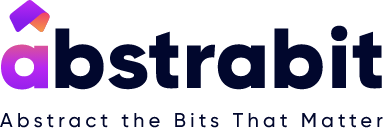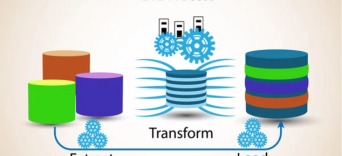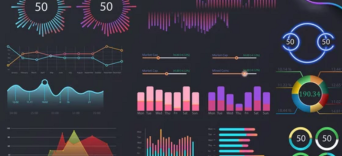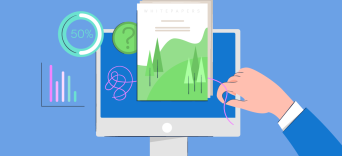In today’s digital age, businesses are generating more data than ever before. From customer behavior to financial performance, this data holds valuable insights that can help companies make better decisions and achieve greater success. However, simply collecting data is not enough. Businesses need to be able to understand and interpret their data in order to turn it into actionable insights.
This is where data visualization comes in. Data visualization is the graphical representation of data, using charts, graphs, and other visual elements to help users understand complex data sets. By presenting data in a visual format, businesses can gain insights that might not be apparent from looking at numbers alone.
In this blog post, we’ll explore how businesses can leverage data visualization for success, including the benefits of data visualization, key considerations when implementing a data visualization strategy, and real-world examples of how data visualization has helped businesses succeed.
Benefits of Data Visualization
Data visualization offers a wide range of benefits for businesses, including:
Improved Decision-Making: Data visualization makes it easier to understand complex data sets, which can help businesses make more informed decisions. By presenting data in a visual format, businesses can quickly identify trends, patterns, and outliers that might be difficult to spot in a spreadsheet or database.
Increased Efficiency: Data visualization can save time and reduce errors by automating the process of creating reports and charts. With the right tools, businesses can create interactive dashboards that update in real-time, eliminating the need for manual data entry and manipulation.
Better Communication: Data visualization can help businesses communicate their findings to stakeholders more effectively. By presenting data in a visual format, businesses can tell a story that is easy to understand, making it more likely that stakeholders will take action based on the insights provided.
Competitive Advantage: By leveraging data visualization, businesses can gain a competitive advantage by identifying trends and insights that their competitors might not have discovered. This can help businesses make strategic decisions that drive growth and profitability.
Considerations for Implementing a Data Visualization Strategy
While data visualization offers many benefits, there are some key considerations that businesses should keep in mind when implementing a data visualization strategy. These include:
Choosing the Right Tools: There are many data visualization tools available on the market, each with its own strengths and weaknesses. It’s important for businesses to choose a tool that is well-suited to their needs and budget.
Identifying the Right Metrics: Before implementing a data visualization strategy, businesses need to identify the metrics that matter most to them. This will help ensure that the visualizations they create are relevant and useful.
Ensuring Data Quality: Data visualization is only as good as the data that it’s based on. Businesses need to ensure that their data is accurate, complete, and up-to-date in order to get the most value from their visualizations.
Real-World Examples of Data Visualization in Action
Many businesses have already leveraged data visualization to achieve success. Here are a few examples:
Netflix: Netflix uses data visualization to make content recommendations to its users. By analyzing user behavior and preferences, Netflix is able to recommend movies and TV shows that users are likely to enjoy, helping to improve customer satisfaction and retention.
Walmart: Walmart uses data visualization to track inventory levels and identify trends in customer buying behavior. By analyzing this data, Walmart is able to optimize its supply chain and ensure that products are in stock when customers want to buy them.
American Red Cross: The American Red Cross uses data visualization to track blood donations and ensure that there is enough blood available to meet demand. By analyzing donation patterns and trends, the organization is able to make data-driven decisions about where and when to hold blood drives.















